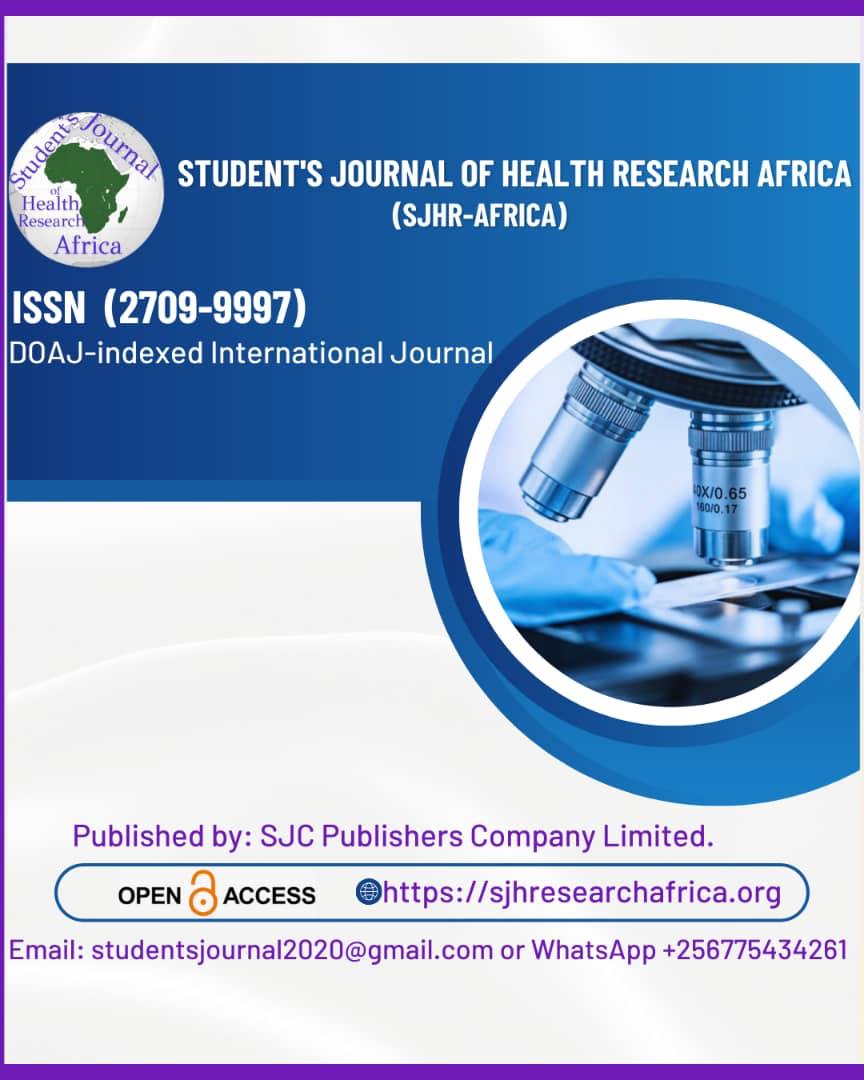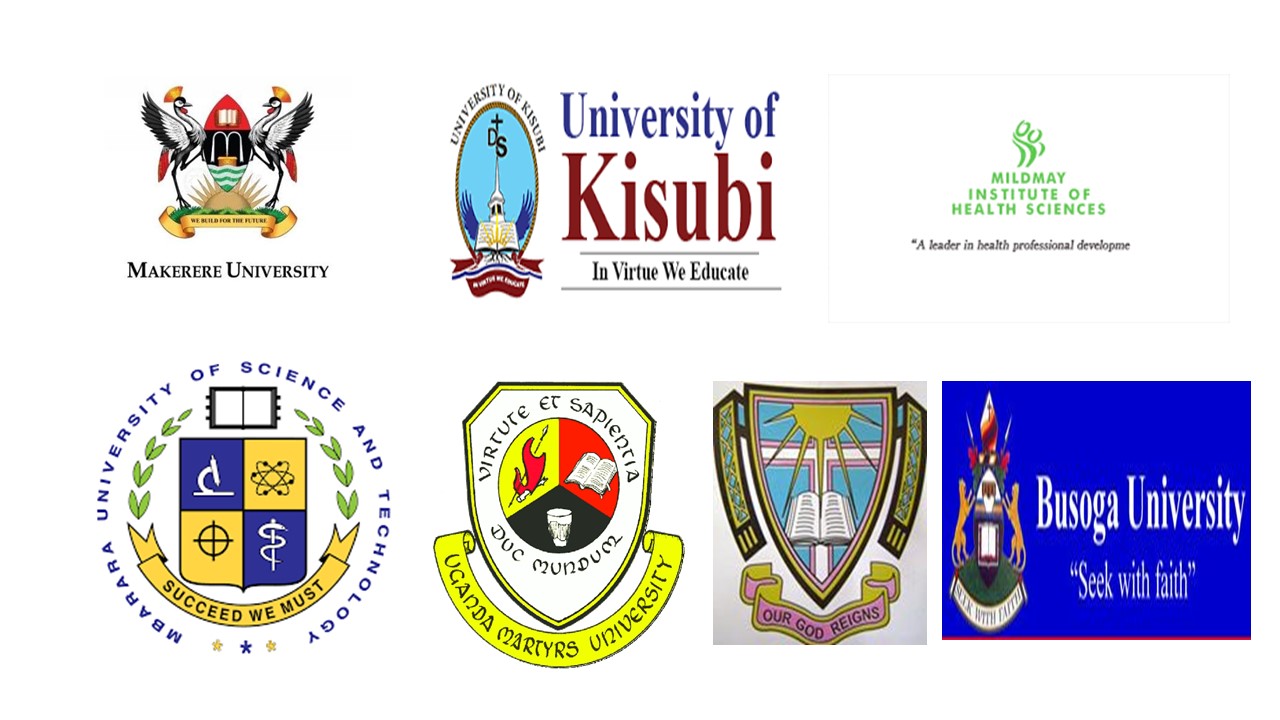A cross-sectional ecological study of the impact of sand mining on biodiversity in the Umdloti River, KwaZulu-Natal – A qualitative study.
DOI:
https://doi.org/10.51168/sjhrafrica.v6i6.1851Keywords:
Sand mining, Riverine biodiversity, Macroinvertebrates, Habitat degradation, Umdloti River, Riparian vegetation, Ecological assessment, SASS5, Sedimentation, Environmental regulationAbstract
Background
Sand mining is an escalating threat to riverine ecosystems, especially in developing regions where construction demands are high. In KwaZulu-Natal, the Umdloti River has seen a surge in sand mining, raising concerns about its impact on biodiversity and habitat integrity. This study investigates the ecological effects of sand mining along the Umdloti River, focusing on macroinvertebrate diversity, vegetation cover, and habitat condition.
Methods
A cross-sectional ecological assessment was conducted in April 2024 across three zones: an active sand mining site, an upstream control site, and a downstream recovery site. Macroinvertebrates were sampled using the South African Scoring System (SASS5), while aquatic and riparian vegetation was surveyed using species richness transects. Habitat condition was evaluated based on channel morphology, substrate type, bank stability, and turbidity. Comparative analysis employed descriptive statistics and ANOVA.
Results
Macroinvertebrate diversity and SASS5 scores were significantly lower in the mining zone, with sensitive taxa absent and pollution-tolerant species dominating. Vegetation cover was reduced, with indigenous species displaced by invasive colonizers. Habitat assessments indicated degraded conditions, including unstable banks, altered channel structure, and elevated turbidity. The control zone exhibited greater biodiversity and intact habitats, while the downstream zone showed signs of partial recovery but remained impacted.
Conclusion
Sand mining along the Umdloti River has led to measurable biodiversity loss and ecological degradation, disrupting both aquatic and riparian systems.
Recommendations
Immediate regulatory interventions are needed, including buffer zone enforcement, rehabilitation of mined areas, and stricter permitting controls. Long-term ecological monitoring should be implemented to assess recovery trends. Engaging local communities and stakeholders in sustainable alternatives to unregulated sand extraction is critical to safeguarding the river’s ecological integrity.
References
. de Villiers, A., 2016. The impact of pollution on fish biodiversity in South Africa's coastal rivers. South African Journal of Marine Science, 38(3), pp.433-442.
Frontiers Editorial Team, 2024. Watershed environmental changes and adaptive management: overview of latest research. Frontiers in Environmental Science, April.
Goleman, D., Boyatzis, R. & McKee, A., 2002. Primal Leadership: Realizing the Power of Emotional Intelligence. Harvard Business School Press, Boston, MA.
Haslam, S.M., 1990. River Pollution: An Ecological Perspective. Belhaven Press, London.
Kondolf, G.M., 1994. Geomorphic and environmental effects of instream gravel mining. Landscape and Urban Planning, 28(2-3), pp.225-243. https://doi.org/10.1016/0169-2046(94)90010-8
Mia, M.M., Karikar, B.A., Sk, M.S., Mohammad, M.I.A. & Siddiqui, L., 2024. Environmental and socio-economic impacts of river sand and gravel mining: a review. ResearchGate Preprint, September. https://doi.org/10.21203/rs.3.rs-4942545/v1
Naiman, R.J., 1992. Watershed Management: Balancing Sustainability and Environmental Change. Springer, New York.
NEMA (National Environmental Management Act), 2004. National Environmental Management Act (Act No. 107 of 1998): Amendments and Updates 2004. Government Gazette, Republic of South Africa.
Pallin, V., 1995. Scaling the affective domain of pain: a study of the dimensionality of verbal descriptors. Pain, 62(1), pp.39-49. https://doi.org/10.1016/0304-3959(94)00226-5 PMid:7478707
Sáez Ardura, F. et al., 2025. Exploring the socio-environmental regulation of water: a systematic review of sustainable watershed management. Sustainability, 17(4), art. 1588. https://doi.org/10.3390/su17041588
ScienceDirect, 2022. The environmental impacts of river sand mining: review and synthesis. Science of the Total Environment, [online].
Waters, T.F., 1995. Sediment in Streams: Sources, Biological Effects and Control. American Fisheries Society, Bethesda, MD.
Zema, D.A. & Lucas Borja, M.E., 2025. Theoretical and practical approaches in watershed management across different environmental contexts. Resources, 14(1), art. 14. https://doi.org/10.3390/resources14010014
Downloads
Published
How to Cite
Issue
Section
License
Copyright (c) 2025 Sibonelo Thanda Mbanjwa

This work is licensed under a Creative Commons Attribution-NonCommercial-NoDerivatives 4.0 International License.






















